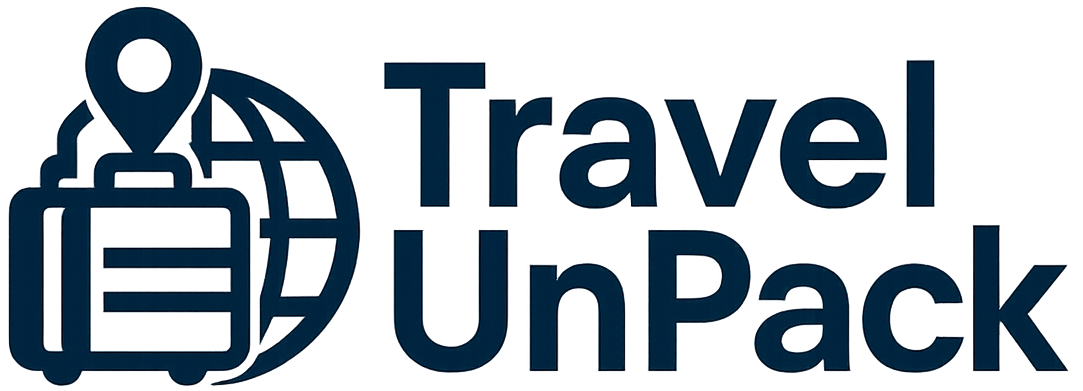Mastering the "Sandwich Career" Technique: Balancing Theory and Practice
Imagine building a career path where you never have to choose between studying and working. Where periods of intensive learning alternate with practical experience in a strategic way, like layers of a well-assembled sandwich. This is the essence of the "sandwich career", a method that allows for continuous growth without sacrificing either side.
Have you ever felt that if you only focus on your work, your knowledge lags behind? Or that by immersing yourself in long studies, you miss out on opportunities in the market? The solution lies in planned alternation. Let's explore how to apply this approach effectively, with real examples and a clear step-by-step process.
What the Sandwich Career Technique Is and Why It Works
The sandwich career technique is a professional development strategy that intersperses phases dedicated to study (such as courses, specializations or even degrees) with periods of practical application in the market. The name comes precisely from the idea of "stacking" knowledge and experience, creating complementary layers.
Why does this work better than traditional models? The human brain learns in a cyclical way. Research shows that knowledge is consolidated when we alternate between theoretical absorption and reflective practice. In addition, the market values professionals who update their skills without losing touch with the reality of the business.
Think of a doctor who does a residency, then works in a hospital, and later goes on to specialize. This rhythm ensures that they don't just stay in theory or repeat tasks. Another example: a designer who works for two years, takes a UX/UI course, applies the new concepts to freelance projects, and then returns to the formal market with an updated portfolio.
What is your current situation? Are you in a more theoretical or practical phase? Identifying this is the first step in planning your next "layers".
How to Plan Your Study and Work Cycles
The success of the technique depends on realistic planning. Start by defining clear objectives for each phase. Want to become a data analyst? A cycle could include a Python course Python courses on Courserafollowed by an internship or volunteer project using this language.
Set deadlines. Very long periods of study can be demotivating, while excessively short phases don't allow for depth. A common balance is:
– 6 to 12 months of intensive study (for certifications or postgraduate degrees).
– 1 to 3 years of practical experience before the next update.
Use visual tools, such as a timeline in the Notion or Trelloto map out your cycles. Include milestones such as "complete X course", "apply for jobs in Y area" or "seek feedback on Z skills".
What if a job opportunity comes up while you're studying? Assess whether it's worth adjusting the plan. Remember: flexibility is part of the strategy. A real example is that of a marketing professional who interrupted her MBA to take up a position in a startup, then resumed her studies with real cases to enrich her lessons.
Integrating Learning and Experience: Practical Methods
It's not enough to study and work alternately - you have to connect the two. During practical periods, document challenges that can be solved with future studies. In the theoretical phase, look for immediate applications, even on a small scale.
Some effective tactics:
– Side projects: Use platforms such as Upwork to try out new skills while you study.
– Reverse mentoring: Teach what you're learning to your colleagues. This solidifies knowledge and reveals gaps.
– Case studies: Analyze real situations from your current job in academic work (respecting confidentiality).
A civil engineer, for example, can take a course on sustainability and propose an ecological material pilot in his company. Even if the idea isn't adopted, the process of research and persuasion is already a gain.
How can you create bridges between your phases? List three problems you face at work that could be explored in a future study cycle.
Overcoming Common Challenges in the Alternation Between Theory and Practice
A frequent obstacle is the financial cost of studies. Scholarships (such as CAPES), free courses (edX) or "learn and earn" models (where you study while working for a partner company) are alternatives.

Another challenge is discontinuity in the curriculum. To avoid employers seeing gaps as something negative, highlight periods of study as "strategic specialization". Phrases like "I dedicated 2024 to mastering artificial intelligence in order to lead more complex projects in 2025" show planning, not hesitation.
Social pressure also weighs heavily. "Are you still studying?" or "Why don't you just stick to your stable job?" are common comments. Prepare answers that reinforce your long-term vision, such as: "I'm building a layered career to be a reference in my field."
And when tiredness hits? Remember to include rest periods between cycles. A week of "decompression" after an intensive course or before starting a new job recharges your energy.
Real-life examples of sandwich careers
Let's take a look at some inspiring cases. Ana, 32, started out as an administrative assistant. Her path was:
1. Work2 years in a real estate agency.
2. StudyPost-graduation in business management (18 months).
3. Practice: Promoted to manager, applying new analysis methods.
4. Study: Leadership course (6 months).
5. Practice: He opened his own consultancy.
Another example is Carlos, who migrated from law to IT:
1. Study: Programming bootcamp (6 months).
2. Practice: Unpaid internship at an NGO.
3. Study: Cloud computing certification.
4. Practice: Job in a multinational.
Which story most closely resembles your possible path? Adapt the times and areas to your reality.
Tools and Resources for Applying the Technique Today
Organization is key. Use it:
– Personal roadmap: Models in Canva to visualize your cycles.
– Flexible courses: Platforms such as Udemy allow you to learn at your own pace.
– Support networks: Groups in LinkedIn or Meetup to exchange experiences.
For practical experiences, consider:
– Freelancing: Sites like 99Freelas.
– Volunteering: Tied connects to social causes.
– Internal projects: Propose initiatives in your current company.
What resource are you going to explore this week? Choose one and take the first step.
Adapting the Strategy for Different Moments in Life
The technique is not rigid. In 20sShort cycles (1-2 years) allow you to explore various areas. In 30-40 yearsLonger periods can focus on in-depth specializations. After the 50 yearsmicro-cycles (short courses + consultancies) remain relevant.
For those with children or other commitments, the tip is to fragmenting studies. Instead of a full MBA, take semester modules. Do you work shifts? Use asynchronous platforms such as Alura.
What's stopping you from starting? Identify an obstacle and write down three possible solutions. Adjust the technique to your life, not the other way around.
Conclusion: Your Next Step
The sandwich career is about intentional progression. Don't wait until you've "finished" your studies to take action, or stop learning when you get a job. Start small: if you're in a practical phase, sign up for a short course. If you're studying, look for a project to apply your knowledge to.
What will your first layer be? Share it in the comments or write it down in a visible place. The professional future is not linear - and that's what makes it so exciting.



